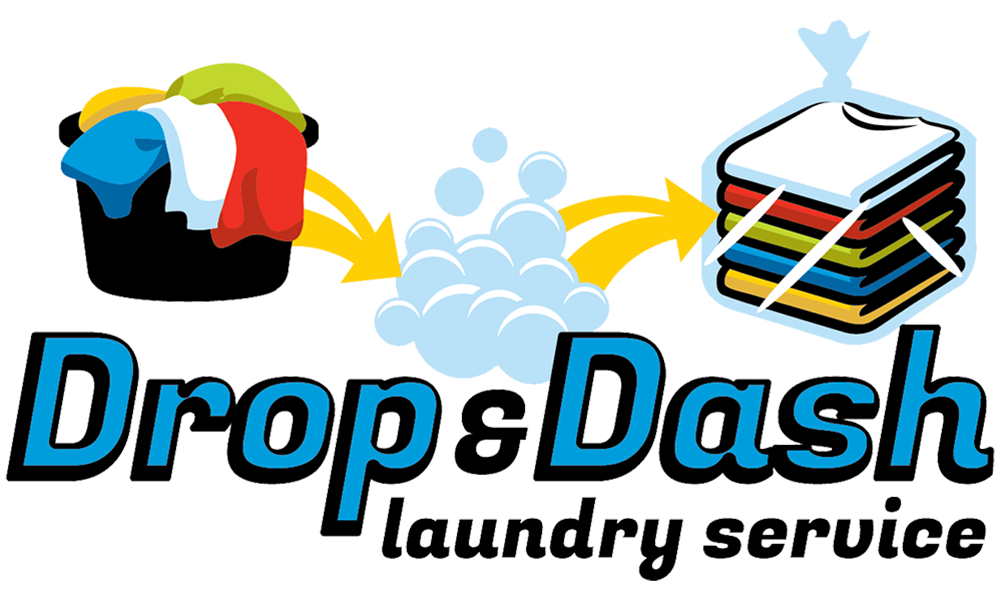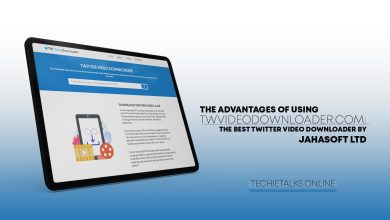
THE VILLAGE LAUNDRY SERVICE | Business Case Study
In India, due to the cost of washing, less than seven percent of the population has one in their homes. Most people either hands wash their clothing at home or pay a Dhobi to do it for them. Dhobis take the cloths to the nearest river, wash them in the river waster, bang them against rocks to get them clean, and hang them to dry, which takes two or seven days. The result? Cloths are returned in about ten days and are probably not that clean.
Akshay Mehra has been working at Procter & Gamble Singapore for about eight years when he sensed an opportunity. As the brand manager of the Tide and Pantene brands for Indian and ASEAN countries, he thought he could make laundry services available to people who previously could not afford them. Returning to India, Akshay joined the Village Laundry Services (VLS), created by Innosight Ventures. VLS began a series of experiments to test its business assumptions.
For their first experiment, VLS mounted a consumer-grade laundry machine on the back of pickup truck parked on a street corner in Banglore. The experiment cost less than $8,000 and had the simple goal of providing that people would hand over their laundry and pay to have it cleaned. The entrepreneurs did not clean the laundry on the truck, which was more for marketing and show, but took it off-site to be cleaned and brought it back to their customers by the end of the day.
The VLS team continued the experiment for a week, parking the truck on different street corners, digging deeper to discover all they could about their potential customers. They wanted to known how they could encourage people to come to the truck.
Did cleaning speed matter? Was cleanliness a concern? What were people asking for when they left their laundry with them?
They discovered that customers were happy to give them their laundry to clean. However, those customers were suspicious of the washing machine mounted on the back of the truck, concerned that VLS would take their laundry and run. To address that concern, VLS created a slightly more substantial mobile cart that looked more like a kiosk.
VLS also experimented with parking the carts in front of a local minimarket chain. Further iterations helped VLS figure out which services people were most interested in and what price they were willing to pay. They discovered that the customers often wanted their cloths ironed and were willing to pay double the price to get their laundry backed in four hours rather than twenty-four hours.
As a result of those early experiments, VLS created an end product that was a three-foot by four-foot mobile kiosk that included an energy-efficient, consumer-grade washing machine, a dryer, and an extra-long extension cord. The kiosk used Western detergents and was supplied daily with fresh clean water delivered by VLS.
Since then, the Village Laundry Service has grown substantially, with fourteen locations operational in Bangalore, Mysore and Mumbai. As CEO Akshay Mehra shared with me, “We have serviced 116,000 kgs. In 2010 (vs. 30,600 kg. in 2009). And almost 60 percent of the business is coming from repeat customers. We have serviced more than 10,000 customers in the past year alone across all the outlets.”
Credit: Eric Ries



